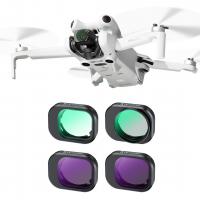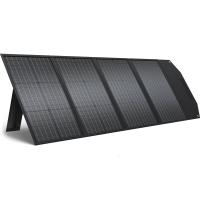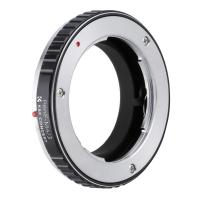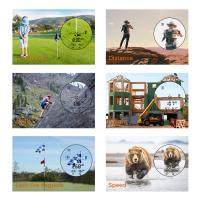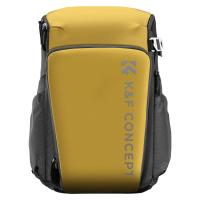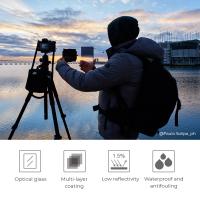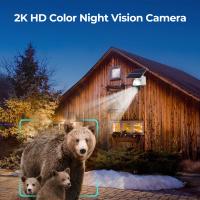How Do Trail Cameras Work ?
Trail cameras work by using motion sensors to detect movement and trigger the camera to take a photo or video. These cameras are typically used for wildlife observation or security purposes. When an animal or person enters the camera's field of view, the motion sensor detects the movement and activates the camera. The camera then captures an image or video of the subject and saves it to a memory card or sends it to a remote location via cellular or Wi-Fi connection. Some trail cameras also have infrared sensors that allow them to capture images in low-light or nighttime conditions without using a flash that could scare off wildlife. The images and videos captured by trail cameras can provide valuable information for researchers studying animal behavior or for property owners monitoring their land for security purposes.
1、 Motion Detection Technology
Trail cameras are used to capture images and videos of wildlife in their natural habitat. These cameras are designed to be durable and weather-resistant, making them ideal for outdoor use. But how do trail cameras work?
The key technology behind trail cameras is motion detection. These cameras are equipped with sensors that can detect movement within their field of view. When the sensor detects motion, the camera is triggered to take a photo or record a video.
The latest trail cameras use advanced motion detection technology that can distinguish between different types of movement. For example, they can differentiate between the movement of a small animal and the movement of a tree branch blowing in the wind. This helps to reduce false triggers and ensures that the camera only captures relevant footage.
In addition to motion detection, trail cameras also use infrared technology to capture images and videos in low-light conditions. This allows them to capture footage at night when many animals are most active.
Once the camera has captured an image or video, it is stored on a memory card. Some trail cameras also have wireless capabilities, allowing them to send images and videos directly to a smartphone or computer.
Overall, trail cameras are an essential tool for wildlife researchers, hunters, and outdoor enthusiasts. They provide a unique glimpse into the lives of animals in their natural habitat and help us to better understand and appreciate the world around us.
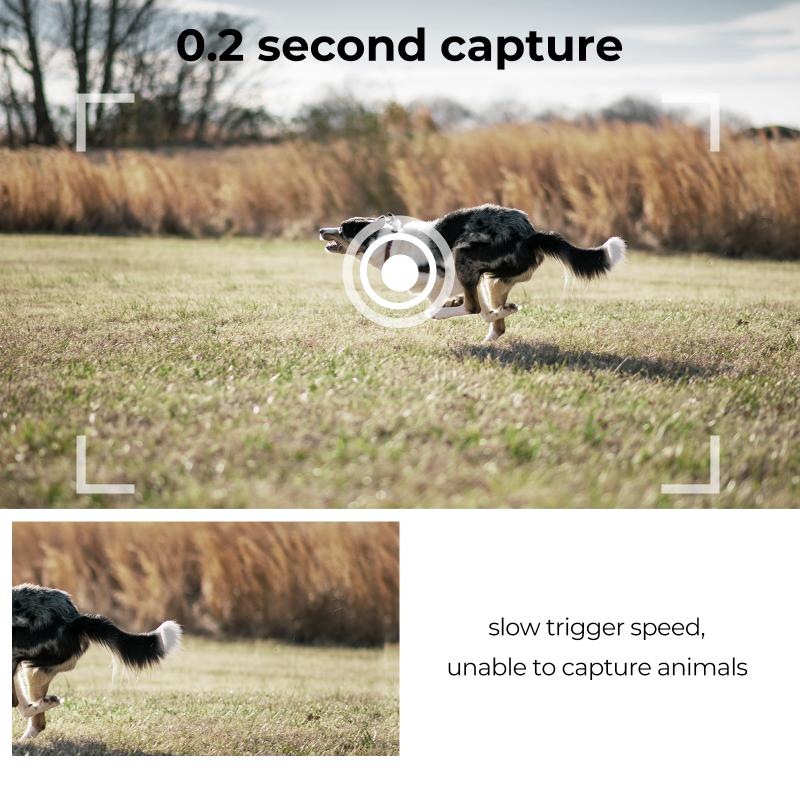
2、 Infrared Illumination
Trail cameras are used to capture images and videos of wildlife in their natural habitat. These cameras are designed to be placed in remote locations and can be triggered by motion or heat. The cameras are equipped with sensors that detect movement or heat, and when triggered, they capture images or videos of the subject.
One of the key features of trail cameras is infrared illumination. Infrared illumination is a technology that allows the camera to capture images in low light conditions. The camera emits infrared light, which is invisible to the human eye, but is detected by the camera's sensors. This allows the camera to capture clear images even in complete darkness.
Infrared illumination has come a long way in recent years, with many trail cameras now using advanced infrared technology. Some cameras use black flash, which emits no visible light, making it less likely to spook wildlife. Others use low-glow or no-glow infrared, which emits a faint red glow that is barely visible to humans and animals.
In addition to infrared illumination, trail cameras also use other advanced technologies such as high-resolution sensors, fast trigger speeds, and long battery life. These features make trail cameras an essential tool for wildlife researchers, hunters, and outdoor enthusiasts.
Overall, trail cameras are an excellent way to capture images and videos of wildlife in their natural habitat. With the latest advancements in infrared illumination and other technologies, these cameras are becoming more advanced and easier to use than ever before.
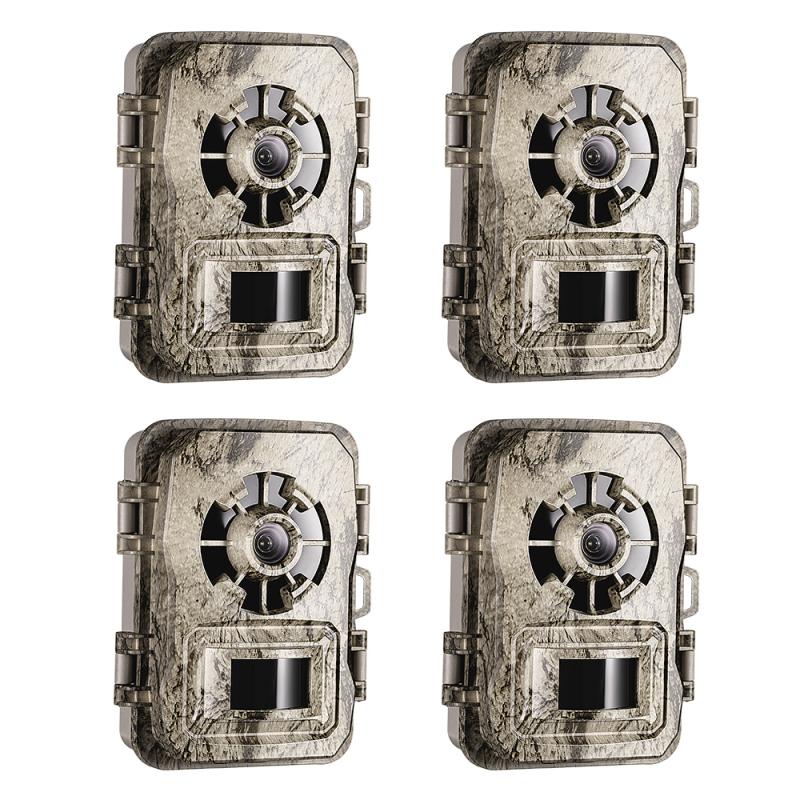
3、 Image and Video Capture
Trail cameras are used to capture images and videos of wildlife in their natural habitat. These cameras are designed to be placed in remote locations and can be triggered by motion or heat sensors. The cameras are equipped with infrared sensors that detect movement and trigger the camera to take a photo or record a video.
The latest trail cameras are equipped with high-resolution sensors that capture clear and detailed images and videos. These cameras can also capture images and videos in low light conditions, making them ideal for use in the early morning or late evening.
The images and videos captured by trail cameras are stored on a memory card, which can be removed and viewed on a computer or other device. Some trail cameras also have wireless capabilities, allowing users to view images and videos remotely using a smartphone or other device.
Trail cameras are commonly used by hunters and wildlife enthusiasts to monitor animal activity in a particular area. They can also be used by researchers to study animal behavior and population dynamics.
In summary, trail cameras work by using motion or heat sensors to trigger the camera to capture images and videos of wildlife. The latest trail cameras are equipped with high-resolution sensors and can capture images and videos in low light conditions. The images and videos are stored on a memory card and can be viewed remotely using a smartphone or other device.
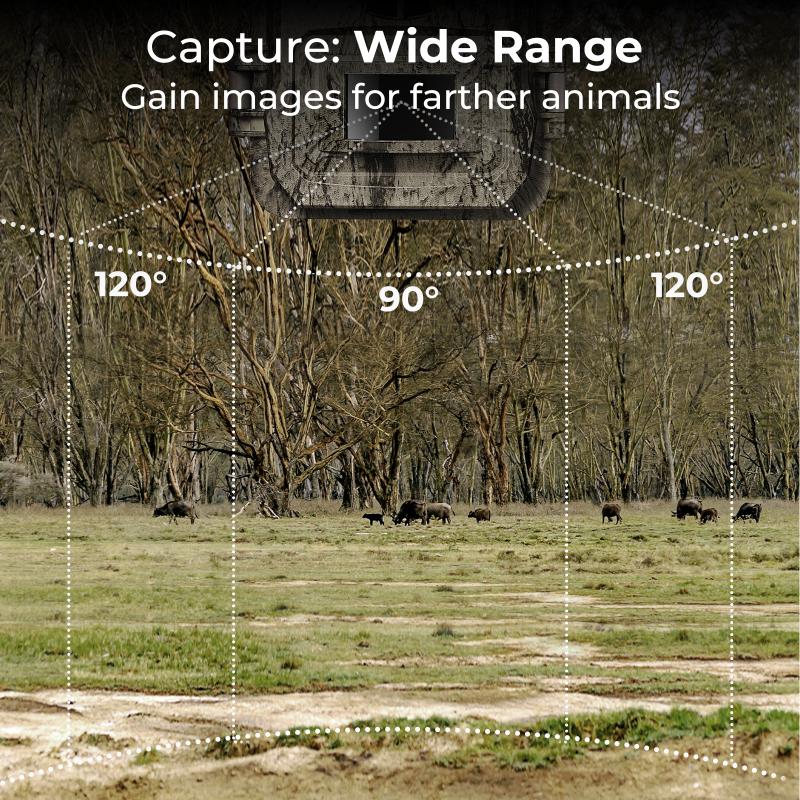
4、 Storage and Retrieval
How do trail cameras work? Trail cameras are designed to capture images and videos of wildlife and other outdoor activities. These cameras are equipped with motion sensors that detect movement and trigger the camera to take a photo or record a video. The images and videos are then stored on a memory card inside the camera.
Trail cameras use infrared technology to capture images and videos in low light conditions. This technology allows the camera to take clear photos and videos even in complete darkness. Some trail cameras also have a flash feature that illuminates the area when a photo is taken.
The latest trail cameras are equipped with wireless connectivity, allowing users to remotely access the images and videos captured by the camera. This feature enables users to monitor their trail cameras from anywhere in the world using a smartphone or computer.
Storage and retrieval of images and videos captured by trail cameras is made easy by the use of memory cards. The memory cards can be removed from the camera and inserted into a computer or other device for viewing and editing. Some trail cameras also have built-in screens that allow users to view the images and videos directly on the camera.
In conclusion, trail cameras are an essential tool for wildlife enthusiasts, hunters, and outdoor enthusiasts. They are easy to use, and the latest models come with advanced features that make storage and retrieval of images and videos a breeze. With the use of trail cameras, users can capture stunning images and videos of wildlife and other outdoor activities.
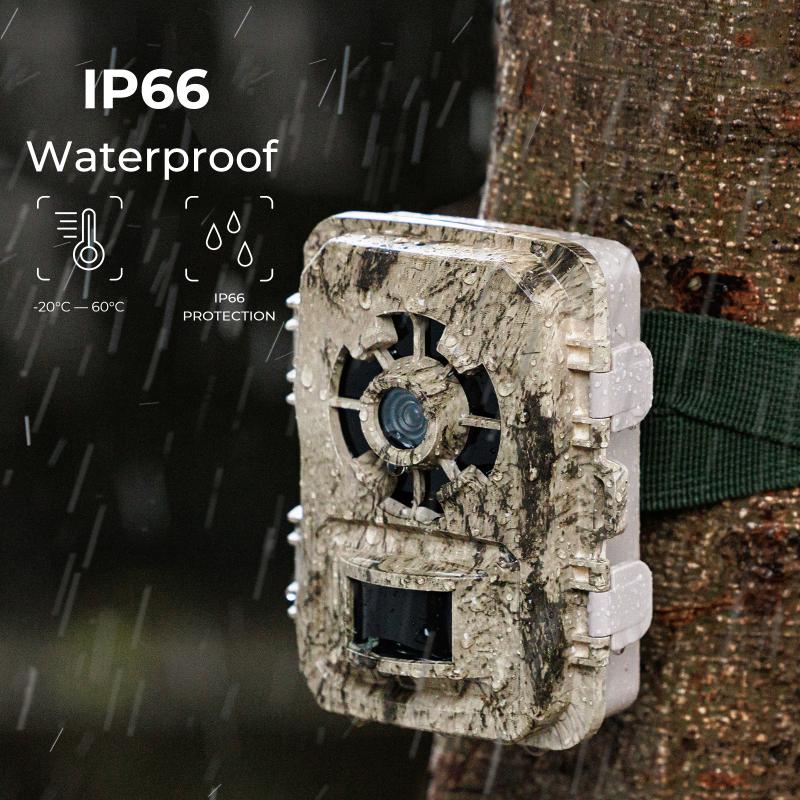


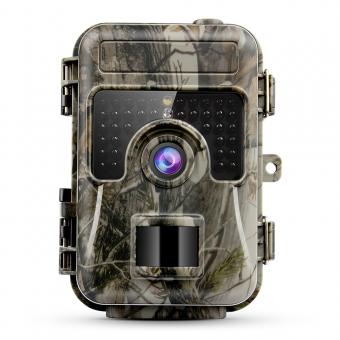









(1)-200x200.jpg)

